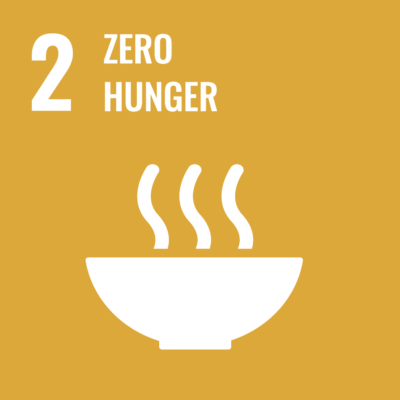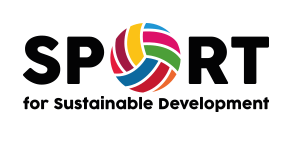
GLOBAL INTRODUCTION OF THE GOAL WITH SOME STATISTICS
The SDGs aim to end all forms of hunger and malnutrition by 2030 and goal 2 is specific to this objective. According to the Food and Agricultural Organization (FAO) of the United Nations, the number of people who suffer from hunger, as measured by the prevalence of undernourishment (PoU) began to slowly increase in 2015. In 2018, more than 820 million people in the world were hungry with 110 million people who were living in acute food insecurity. In 2019, the State of Food Security and Nutrition in the World showed that continuing poor economic performance in many countries after the 2008–2009 global economic downturn, were among the key factors undermining efforts to end hunger and malnutrition (FAO, IFAD, UNICEF, WFP and WHO, 2019). The report presented evidence that most countries (65 out of 77) that experienced a rise in undernourishment between 2011 and 2017 simultaneously suffered an economic slowdown or downturn.
Presently, it is still not entirely clear how the unprecedented COVID-19 pandemic is and will continue to affect the prevalence of undernourishment. According to the 2020 April WFP reports:
“The COVID-19 pandemic may affect an additional 130 million people with acute hunger, thus suggesting that up to 265 million people in low and middle-income countries — a quarter of a billion people — may be under severe threat by the end of 2020, unless swift action is taken. Lives and livelihoods are at risk due to escalating socio-economic impact, especially in Africa and the Middle East”.
The World Food Programme (WFP) has set up an online platform to monitor hunger around the world, HungerMap LIVE and to provide real time data on locations where food insecurity is a challenge to the local populations. According to the Global Network against Food Crises, in the 55 countries/territories analyzed in 2019, there are 17 million acutely malnourished children who have limited access to sufficient dietary energy, nutritionally diverse diets, clean drinking water, sanitation and health care. All of the malnutrition conditions (wasting, stunting and overweight) negatively impact childrens’ short and long- term development and well-being. According to WHO, in 2018, 49 million children under 5 were affected by wasting and another 40 million were overweight. Stunting, a condition which is a result of poor nutrition in-utero and early childhood, affected an estimated 149 million children under 5 globally in 2018.
HOW CAN SPORT BE USEFUL TO REACH THE GOAL?
When considering sport as a physical activity, cautions must be taken when working towards addressing goal 2 as it is clear that when an individual is malnourished, sport wouldn’t be recommendable. In relation to the condition of obesity, particularly in youth, sport and physical activities are recommended in order to lead to healthier bodies and physical abilities. There are examples in the USA, where sports based programs are designed to encourage youth to be physically active as well as more aware and knowledgeable about healthy lifestyle choices. A large part of adopting healthy lifestyles concerns the types and quantities of food and beverages which are consumed and the sport based programs provide the youth and their families with this type of vital information and often access to more nutritious foods.
When used as a tool for mobilization of resources and funds, sport-based initiatives and campaigns can support vulnerable communities who don’t have access to adequate and nutritious foods. In this way, the sport aspect is not the main activity but rather has the function to bring attention or resources to an issue.
Sport institutions and stakeholders, such as teams and leagues can work towards addressing food waste by setting up better systems and working towards environmental sustainability by sourcing food from sustainable and responsible local producers. Sports teams can make responsible societal decisions around their food consumption and sourcing which can ultimately influence their fans, other clubs and sponsors to follow suit. For example, there are football clubs which have moved towards offering vegetarian and vegan foods in their stadiums during football matches in line with their overall sustainability strategies.
Individual athletes can also use their platforms to create more awareness about nutritious food choices, healthy behaviors around food and physical activity and support organizations and initiatives working to address global hunger and malnutrition.
Examples
Food security and agriculture projects of the Jack Brewer Foundation:
https://www.thejackbrewerfoundation.org/about/
Using sport to end hunger and achieve food security:
Food for the Hungry – Sports Partnerships:



